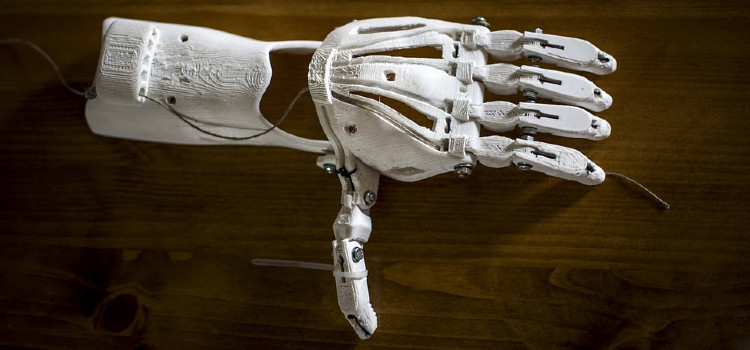3D printing saves lives.
Contents
It’s a hard thing to appreciate because it isn’t as dramatic as all that, but it’s true. All you have to do is consider what medical professionals would be dealing with if instead of 3D printers they had paper cutters, or if their computer had never been invented- -or better yet, if they were still using quills and parchment. Without 3D printers, our medical industry would be crippled and we’d undoubtedly start seeing more deaths from conditions that might now be treated easily with 3D printing technology.
3D Printing In The Medical Industry
In a world where there are more medical procedures done than ever before, and you no longer have to worry about how much it’s going to cost because insurance will cover it, you’d think we’d be seeing better outcomes. However, that isn’t the case. As the population has gotten older, and as medicine has gotten more complicated, doctors have had a harder time keeping up with all the new developments.
To understand how this is affecting the medical field, consider what it would be like to be a physician 100 years ago. You might have hundreds of patients a day, and at most you’d be spending your time sifting through each piece of data in between patients. If you knew that one in every thousand people came down with cancer, but there was no way to tell who was going to get it, how could you possibly decide which ones to watch closer?
A Solution To The Puzzle
3D printers are like modern-day computers because they can create images from data and store those images on a hard drive. So, with the help of 3D printers, physicians can now create multiple different variations of a medical device to see which one works the best for a particular patient. Physicians can also create devices that are barely even visible, like catheters for guiding medicines into the body without leaving a mark.
The human body is always changing, so if doctors could create different variations of a device and test them in simulations before operating on real patients, that would be a huge advantage; it’s exactly what 3D printing technology has made possible.
Facts About The Health Benefits Of 3D Printing
3D printers are so important that they’ve been the subject of several patents for medical devices. Recently, a deaf patient had to get a cochlear implant, but it was causing too much damage to his inner ear, which complicated his hearing situation. A medical professional with 3D printing technology was able to create a custom device and 3D print it in an hour. The device worked perfectly and the patient was able to hear properly from that day forward.
In another recent case, a patient with arthritis in their knee had to get a joint replacement, but the surgeon cut off the bone that attached the implant to the femur. It was a very difficult surgery and it required moving parts that were extremely precise. However, if a 3D printer could hold all of those pieces together and print them in one shot, that would be easier for everyone involved.
3D printers are also capable of producing prosthetic arms and legs for children with life-threatening injuries. When the child has moved on to a new type of device, 3D printers can then create a replacement that will fit perfectly, all while having a very natural look and feel.
3D printing also makes it possible to make prosthetic body parts for soldiers who have lost limbs in the line of duty. Soldiers had been using plastic prosthetics to replace their limbs, but those were extremely lightweight and lacked strength. 3D printed metal prosthetics were created so that soldiers would have more strength when they needed it. The metal prosthetics work very well, but they’re more expensive than the plastic ones.
Other Examples Of 3D Printing In The Medical Industry
The FDA approved a 3D printed medical device that can be used to treat blood clots. It’s like catheters, but it uses a tiny needle to inject medicine into the clot instead of cutting the clot off. The medicine slowly dissolves the clot and allows it to pass through the body. The FDA approved this device after a study that showed how it saved four lives out of 29 patients who used it.
3D printing technology has also been used to create prosthetic hands for amputees. The hands are made of a plastic resin and look very realistic, but they’re made to be lightweight so the amputee can regain full control of their hand.
The world’s first 3d printed artificial heart was considered a major medical breakthrough. This device was made using 3D printing technology and the surgeon who created it said that it saved a lot of lives because it allowed him to perform many surgeries on people at once. Prior to the artificial heart, surgeons would have to perform multiple surgeries on patients at once just so they could get one surgery out of the way before they had to start working on another patient.
Conclusion
3D printing saves lives by making it possible to create customized medical devices for patients all over the world. With 3D printing, doctors and surgeons are never limited in the types of things they can create. Prosthetic limbs for innocent victims of tragedies are just one example of how 3d printing technologies have been a true life-saver.


